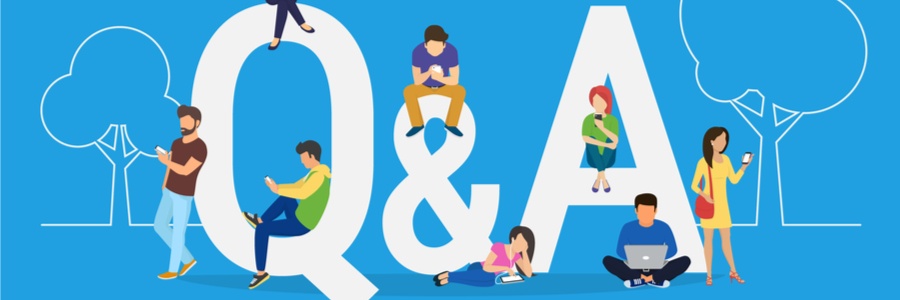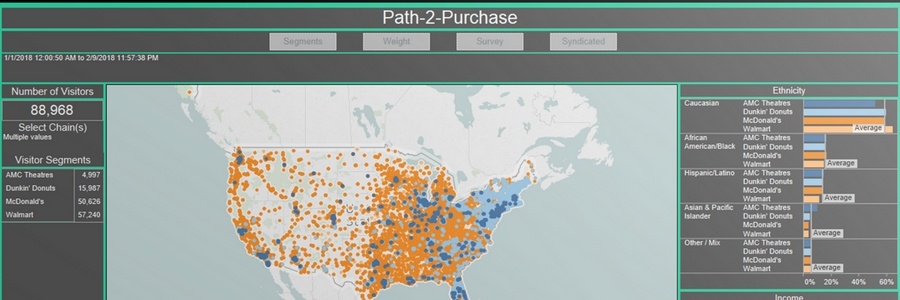Millennials (currently 24-39) have tremendous purchasing power…
As a millennial myself, I know the stereotypes first-hand.
They downplay the purchasing power of this generation. In other words, we’re not all eating avocado toast, watching reruns of The Office, making meme’s in our parents’ basements, ordering $12 cold brew delivery online, and playing with fidget spinners…
Although sure, some of us are.
To better understand millennial consumer behavior in 2020 for multiple categories, our client Roth Capital conducted a proprietary survey leveraging MFour Mobile Research.
This is actually their eighth annual millennial survey, which looks at spending patterns, data trends, as well as top brands across major consumer categories including apparel, home furnishings, health, beverages, healthy snacks, and even cannabis. This in-depth 209 questionnaire was completed by 2,500 U.S. millenial men and women.
While, the meat and potatoes of the insights are kept for their own use, here are 10 surface-level statistics that they were comfortable with us sharing publicly...
- 73% of millennials are Amazon Prime members.
- 53% of millennials will pay 10% or more for socially responsible brands.
- 47% are more likely to purchase digitally native brands that begin in-store.
- 74% of millennials own either a Yeti, HydroFlask, or Contigo reusable water bottle.
- 47% of millennials buy second hand items for sustainability and affordability reasons.
- 63% of millennials who buy online prefer to make returns in-store, and then 76% of those who return stay and shop after making an in-store return.
- Dollar Shave Club is the most used subscription, followed by Chewy, then Target.
- While millennials prefer traditional mattresses, Purple is more popular than Casper.
- Nike is the favorite brand in multiple categories including activewear, outdoor apparel, outdoor footwear, fashion footwear and climbing. Followed by Under Armour, The North Face, Adidas, Timberland, Vans, and Black Diamond.
It’s time to take millennial consumers seriously.
David Bain, managing director, senior research analyst at Roth Capital Partners summarized it well when he said “Millennials will make up nearly three-quarters of the workforce by 2025 and are rapidly redefining consumer patterns … [The] study of millennial consumer behavior and preferences is an essential factor to projecting business earnings…”
At MFour, we over-index on under-represented consumers such as millennials, Gen Z, Hispanics, and African-Americans, so you can get the accurate representation you need.
If you want to understand your millennial consumers, let's chat.







